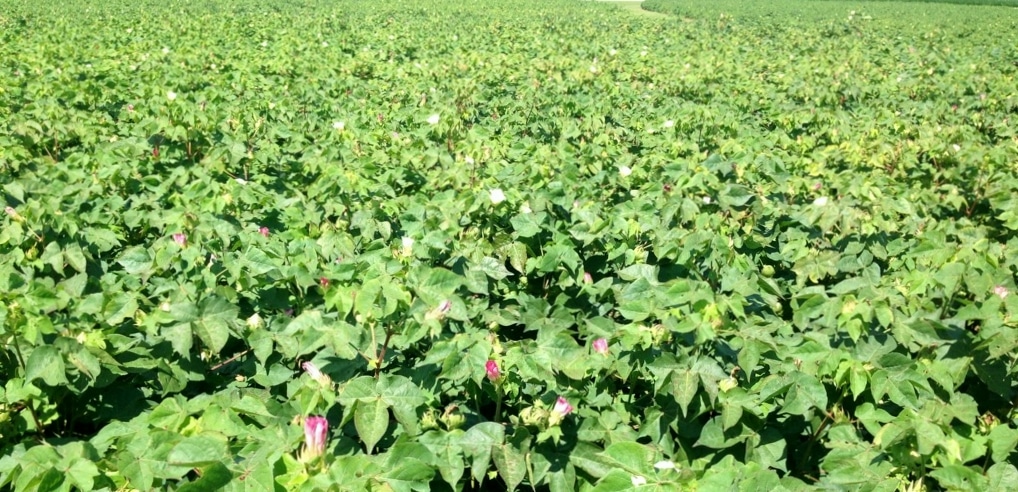Article by Danny Morris, UT Extension Area Specialist – Farm Management
With commodity prices trending lower over the course of the past two years, producers are looking at alternative crops to potentially increase their net farm income. An example of this would be producers planting more grain sorghum, or milo, as they have done here in Tennessee for this crop year. Some West Tennessee growers are contemplating planting canola this year due to a canola processing facility in Kentucky and a few local grain elevators expecting to be buying stations in 2016. Continue reading at Profitability of Canola for West Tennessee Growers.




